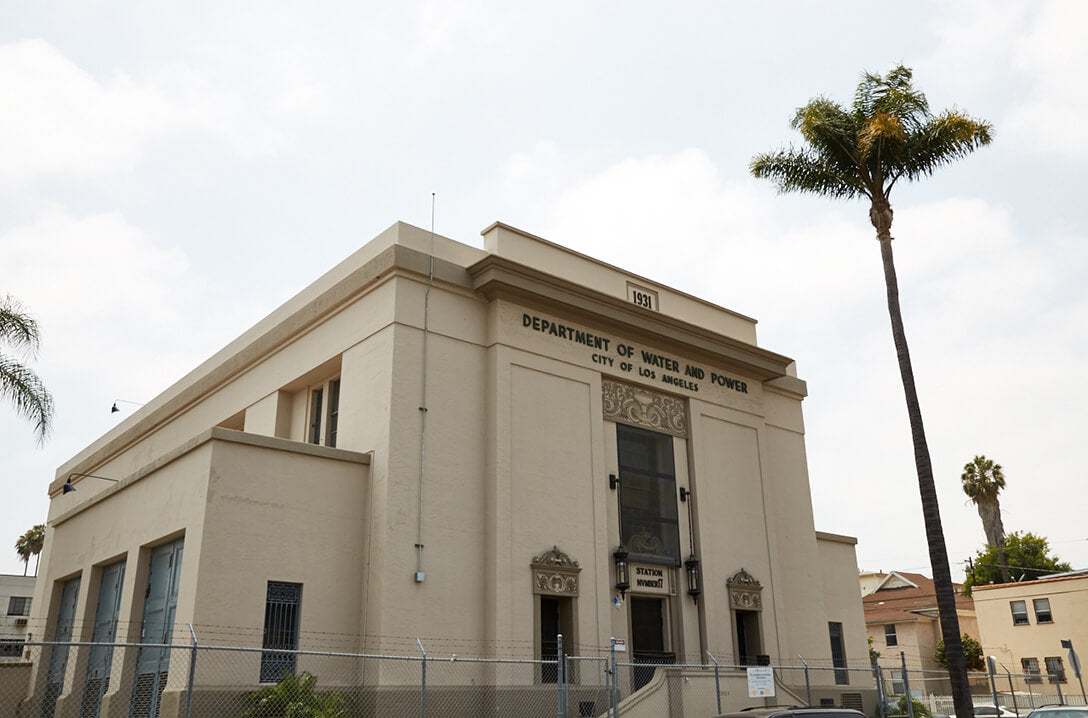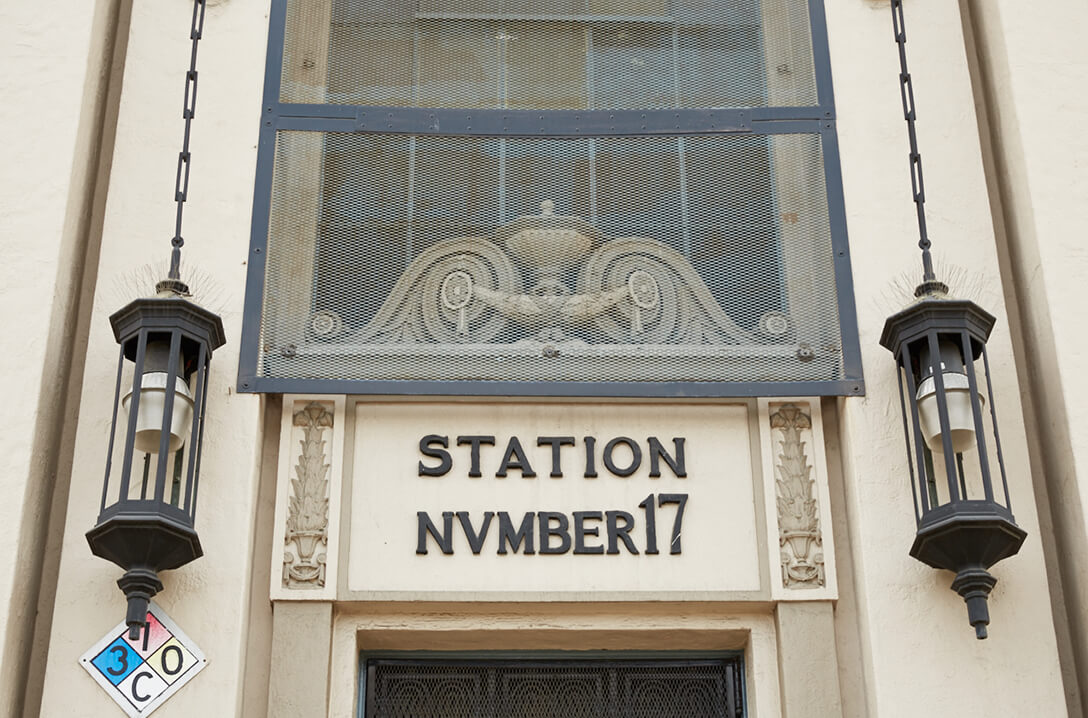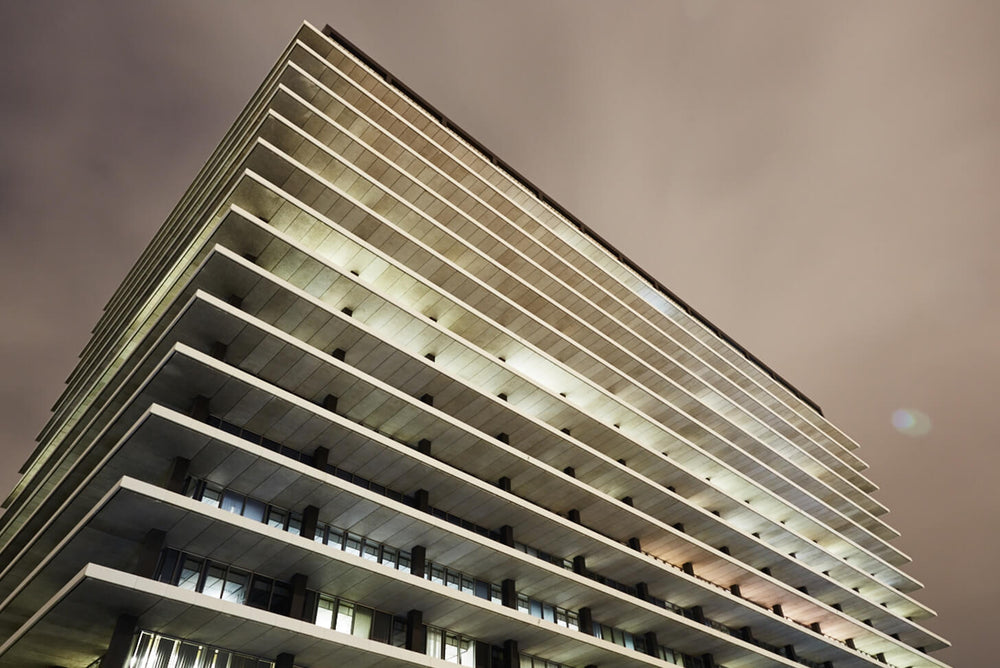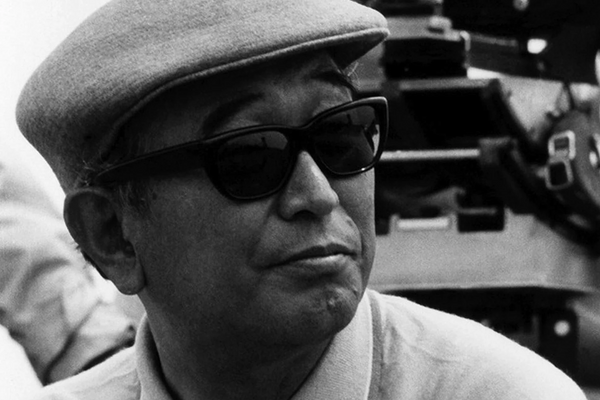“Either you bring water to LA or LA to the water.”
-From Chinatown
Every great city is anchored by its access to water. London has the Thames, Paris the Seine, and most of New York is an island between the Hudson and East Rivers. Rivers provide water to drink, irrigation for crops, and routes to ship goods. Los Angeles was founded as a river city in 1781, but our relationship with our little river has never been reliable or predictable. It is one full of danger and instability, corruption and graft.




Los Angeles was born into drought, something we’ve been fighting tooth and nail ever since. Drought for months or years, then rains and flash floods that could wipe out half the town and drive its people closer to the Pacific Ocean. Then the Sante Fe Railroad connected our east and west coasts, and oil was discovered in the Chavez Ravine, setting the stage for LA’s twentieth century population boom. Los Angeles needed stability if it wanted to join the league of major American cities, and this meant solving its water issues.
Los Angeles had been attempting to get its water problem under control for years but couldn’t catch a break. Ditches were dug connecting to the river, but all too often that water was polluted and not fit for domestic use. They tried bucket and horse delivery but found it to be an unsustainable model. The City hired workers to build above ground wooden pipes which crumbled and washed away during the first rainstorm. Homes were lost, people died, and the same mistakes were made time and time again.




Then there were the manmade problems; the private water company was caught extracting over 150 times their legal amount of water through a secret tunnel they had built under the river. Such collusion and incompetence led LA Times owners Harrison Gray Otis and Harry Chandler to buy much of what is now the San Fernando Valley, hatching a scheme to solve LA’s water problem and get filthy rich in the process. Otis and Chandler pressured the City to take back the river’s water rights and form a new city controlled company—the Los Angeles Department of Water and Power, or LADWP—and convincing the people of Owens Valley to sell their water rights to the City. Welcome to Chinatown, one of the most corrupt stories in a city renowned for corruption.




The LADWP soon created an artificial water shortage by draining its reservoirs, and the LA Times spread news of a water panic just before a public vote on a $22 million dollar bond measure (almost $750 million today) to build an aqueduct from Owens Valley to Los Angeles via the San Fernando Valley. The scare worked, the good people of Los Angeles approved the measure, and the Valley as we know it today was born. LADWP’s headquarters were built directly across from City Hall. Water equals Power. At least some of that money was spent on pretty buildings, some of which you can see here.



